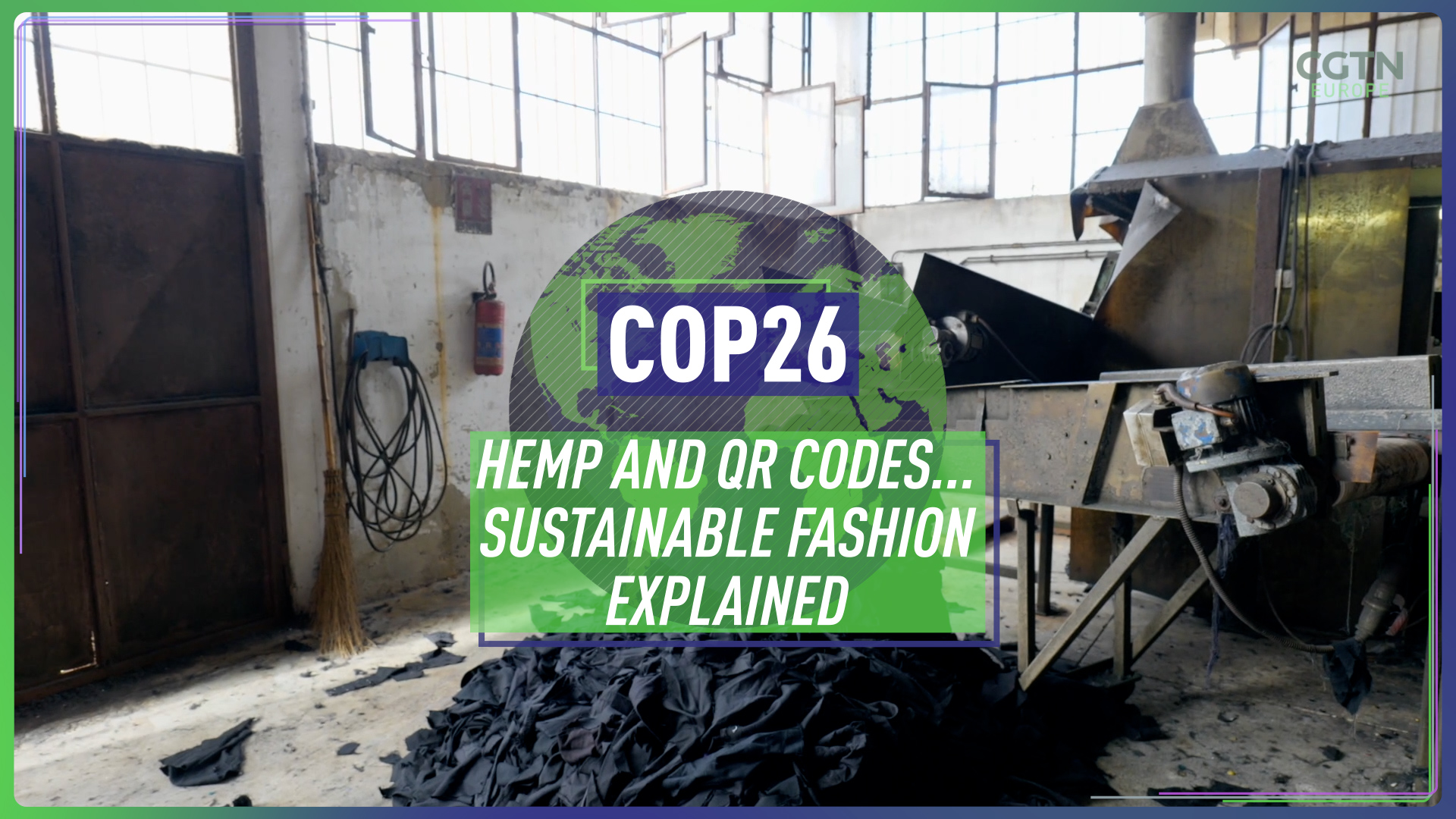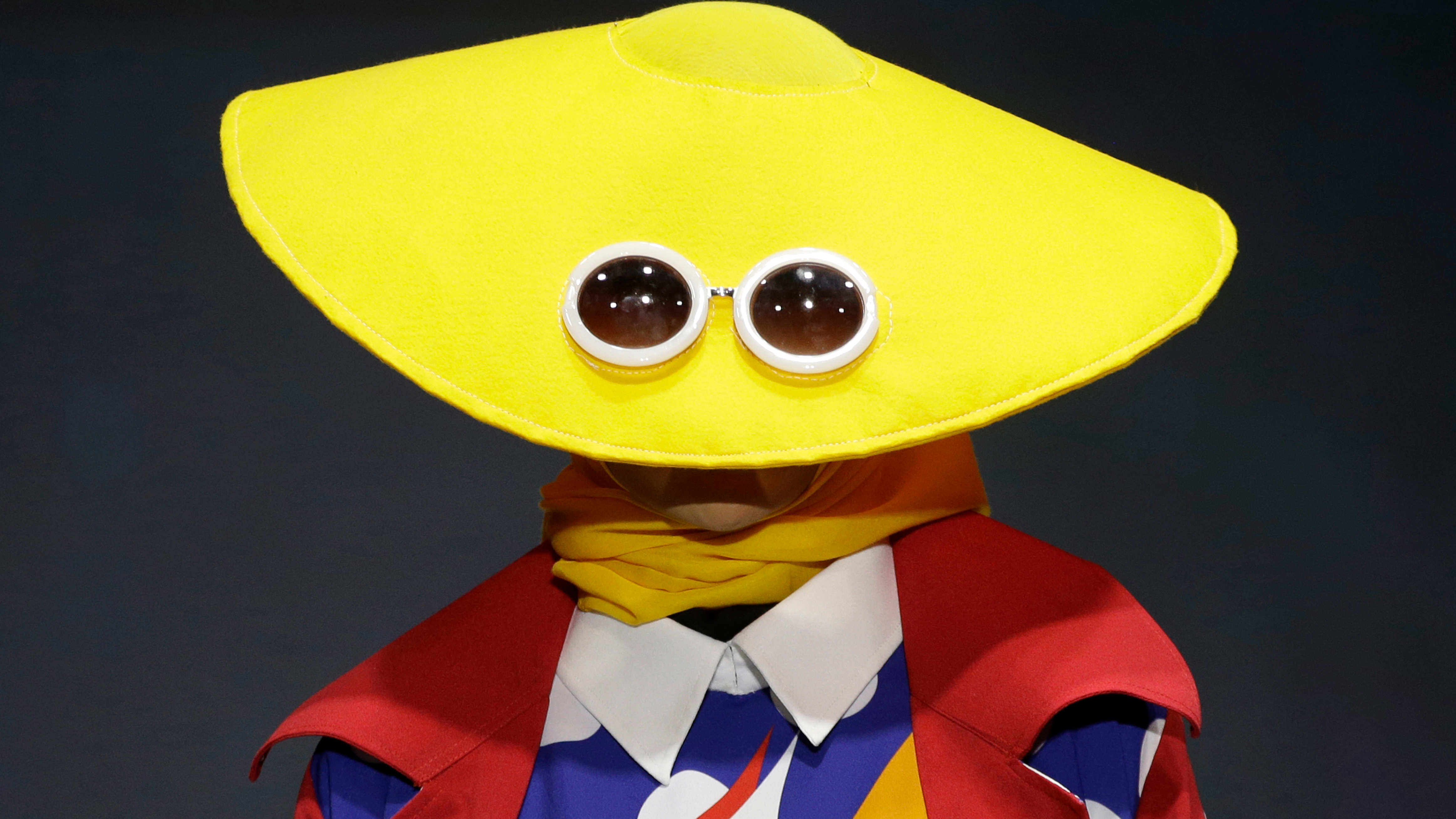05:46

Fashion, an industry that relies on seasonal consumption, is under pressure to become sustainable. Contributing up to 10 percent of global carbon emissions, one CEO of an ethical fashion brand explains how it has to change to enable a net zero world.
Netherlands-born Geoffroy Van Sonsbeeck, is the founder of House of Baukjen and Isabella Oliver. His company is the highest-scoring Fashion B Corp (businesses with ethical as well as financial commitments) in the UK and second highest in Europe.
READ MORE
COP 26 coverage in full
Could you live with zero waste?
Tiny forests bring high impact
Van Sonsbeeck believes that making sustainable, environmentally friendly clothing is essential to achieving climate goals. And that despite this demand, the fashion can continue.
"I do think that we will see personalization at a different level coming in," he explains, “you will get a relationship with the garments because you actually know the provenance of the garments – you know about the farmer and what they got paid and the ethics in the supply chain."
"And if we get to that level, [the information's] at your fingertips about your unique item – who made it, where, what did they get paid?"

A model in Jakarta, Indonesia showcases an outfit. The fashion industry contributes up to 10% of global carbon emissions. /AP/Achmad Ibrahim
A model in Jakarta, Indonesia showcases an outfit. The fashion industry contributes up to 10% of global carbon emissions. /AP/Achmad Ibrahim
Hemp and algae
It is not only the means of production and supply chain that is damaging the environment, but the materials used – for example plastic microfibers, measured at less than 5mm in length and frequently used in the fashion industry, pollute water systems. Alternative materials, says Van Sonsbeeck, need to be sourced.
"Hemp is a beautiful product because you can literally put it back in the ground and it will be biodegraded. But we're also looking at algaes. We're looking at some very exotic natural fibers from Africa that haven't been used in fashion in Europe or the world, as far as we know."
QR codes on labels
In response to the demands of the changing world, where consumers are increasingly concerned about their carbon footprint, the fashion industry also needs to shift its practices.
"I have a split-second opportunity to communicate with my customer why this garment is different from the other brands," says Van Sonsbeeck, emphasizing how important it is to show customers the ethical processes behind the top, the skirt or shirt they are thinking of buying.
"We put, actually, a unique QR code on it, which is unique for that specific garment... It will tell you the story of the garment. It will not only tell you where it came from and what the certificates are and how you can trace them, what our measurements are and how we quantify this, but also anecdotal or self-assess data or imagery from the farms all the way back and that sort of level of personalization."
Van Sonsbeeck hopes his company's practices will be adopted across the industry: "The brands will either realize they need to change, or they will soon be left behind."
Video editor: Pedro Duarte

